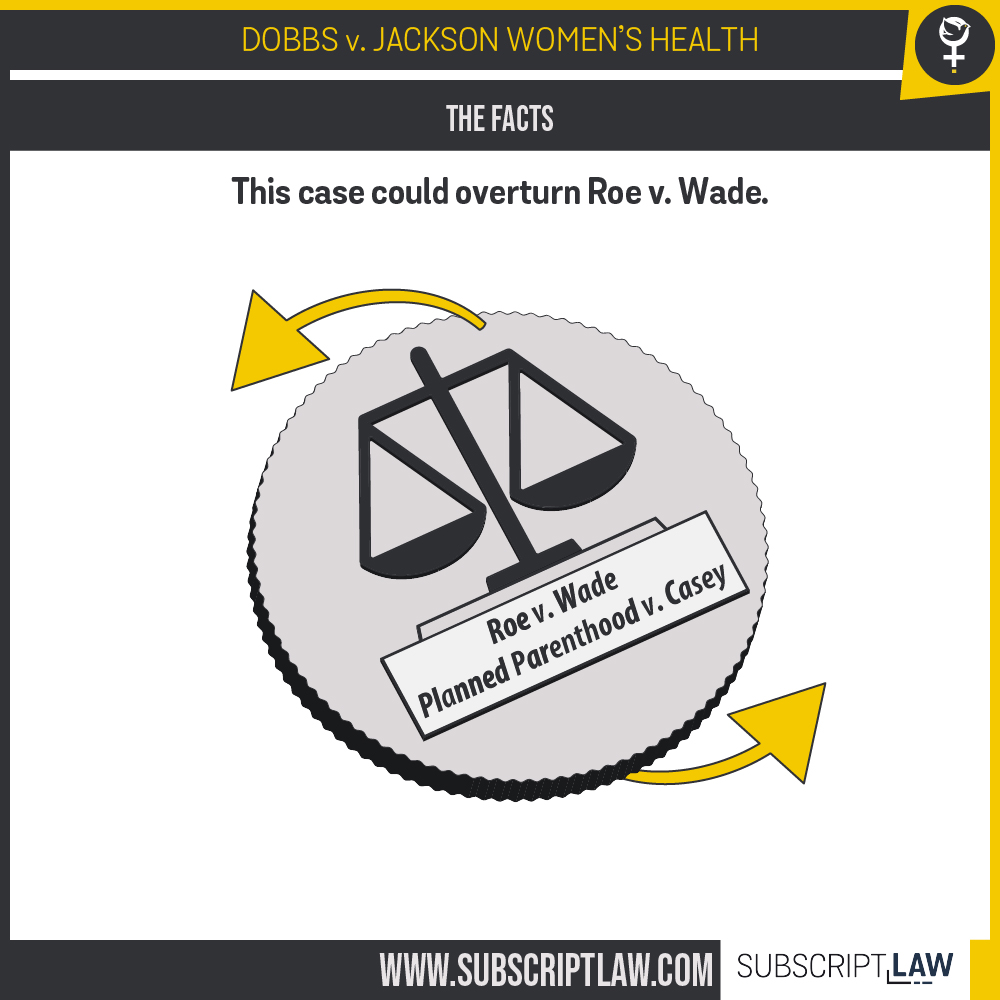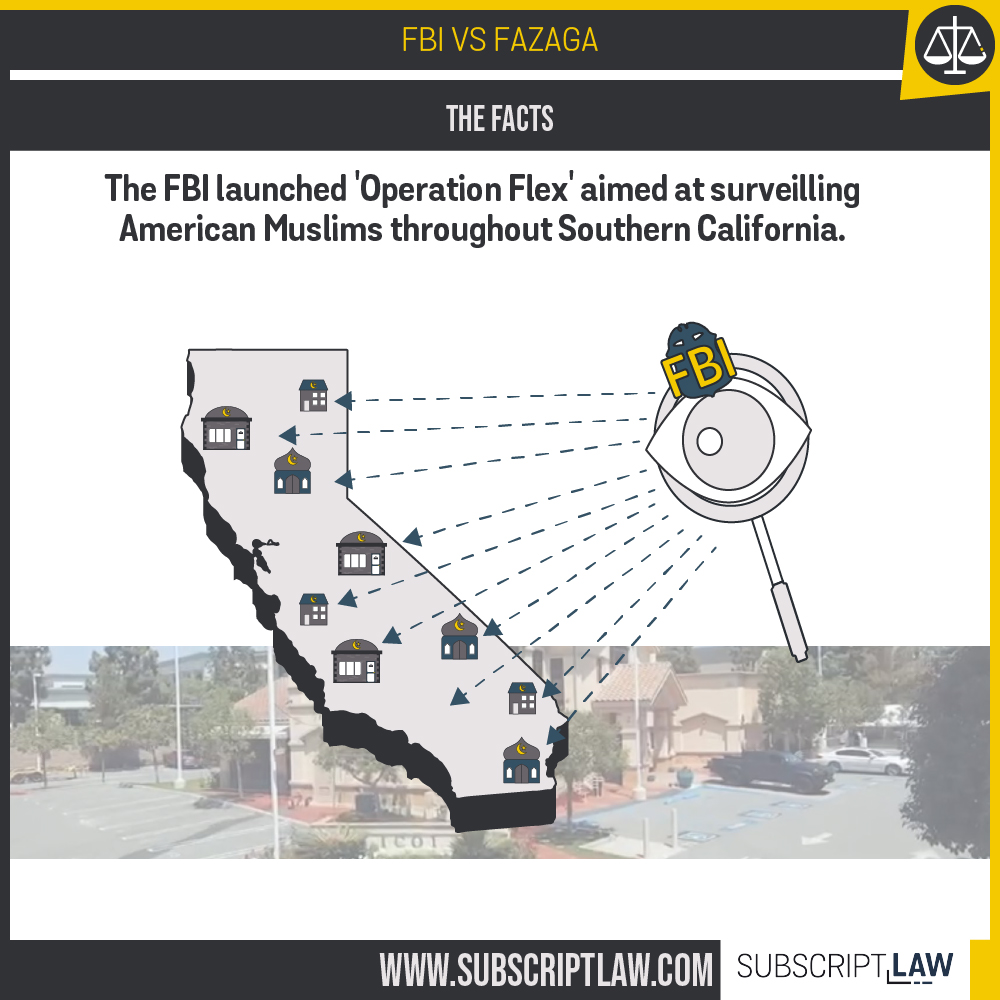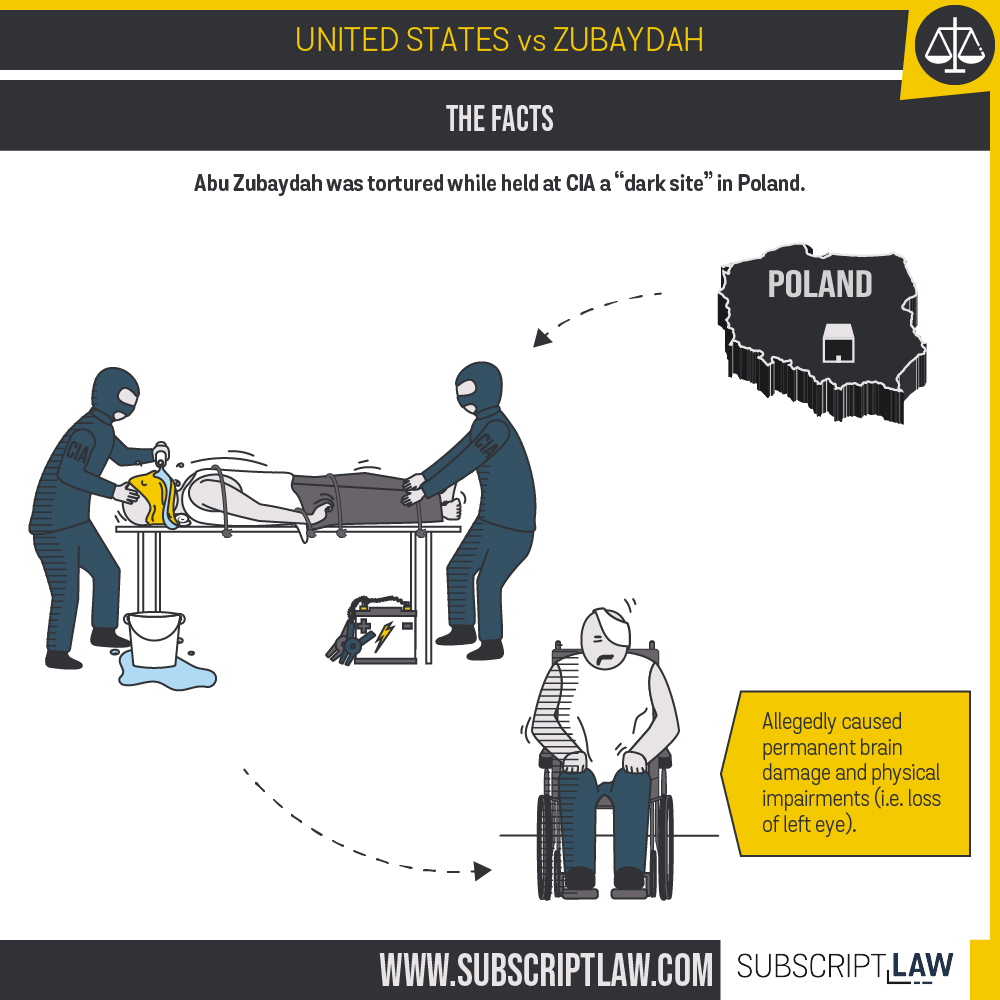What is political gerrymandering?
Simply put, it’s a sly method that state officials may use to draw district lines so they can influence election results.
State legislators control the process of allocating people into voting districts (“districting”). When you look at the map of the Congressional districts in a state, you will see the results of their efforts. Districting can influence the outcomes of elections because determining which voters are in which districts can alter the district majorities. For example, a political party that has 45% of public favor and 3 districts by which to allocate people could ensure that 2 districts go in its favor. It could put a “supermajority” of the other party’s voters in one of the districts.
When the party in control of the map-drawing process draws the lines to its own advantage to the detriment of the disfavored party, it engages in political gerrymandering. Sometimes mapmakers get so specific with carving that the district shapes end up looking pretty bizarre. In the instance that gave the “gerrymander” its name, Massachusetts Governor Elbridge Gerry was said to have created an election district that looked like a salamander.
How is it different from racial gerrymandering?
Racial gerrymandering is districting to the disadvantage of race (instead of partisanship). Where political gerrymandering is acceptable in our society (to an extent), racial gerrymandering to any degree is unacceptable. That’s because our Constitution bans discrimination on the basis of race. We have years of struggle to thank for that.
Because racial gerrymandering is never acceptable, not to any degree, the courts can more determinately spot it and extinguish it. Of course, discovering intent to discriminate is not trivial, but it’s easier than what must be done to decide if political gerrymandering is ok – which is to identify it and then to decide how much of it will be tolerated. As we reported here, articulating how much political gerrymandering will be tolerated is a question that has stumped the Supreme Court for years.
What is neutral districting?
If gerrymandering is a biased method of line-drawing, what is a neutral method? How would a completely neutral party draw district lines to be as fair as possible? Courts’ evaluations of districting have led to the discovery of several principles: compactness, contiguity and near-equal population allocation. Compactness and contiguity both relate to the physical spaces drawn. A district should be compact (not spread out) and contiguous (the territory must share all the same border). If you think of the salamander example (see our Gill v. Whitford graphic for the image), the district is contiguous but not quite compact. The third principle, near-equal population, just means that the mapmakers must not put 200 people in one district and 20,000 in another; try to be relatively equal.
Why is political gerrymandering acceptable?
It all started because Square 1 – the natural state in need of districting – was not suited for districting perfection. Natural patterns of settlement do not give way to perfectly fair Platonic squares of districting. Justice Scalia pointed this out in the Vieth v. Jubelirer majority opinion:
Consider, for example, a legislature that draws district lines with no objectives in mind except compactness and respect for the lines of political subdivisions. Under that system, political groups that tend to cluster (as is the case with Democratic voters in cities) would be systematically affected by what might be called a ‘natural’ packing effect.
And once we admit that a planning process must happen, we can expect a party to take advantage. Justice Stevens dissented in Vieth with a comment to that effect: “[I]t is neither realistic nor fair to expect [elected officials] wholly to ignore the political consequences of their decisions.”
Moreover, once one party has had its biased chance at making an allocation, the next party isn’t working with a blank slate. It might seem fair, in this light, that when another party comes to power, it could sway the lines back. To some extent, each party can see gerrymandering as only fair to even things out.
The consensus, in the end? “Political factors are common and permissible elements of the art of governing a democratic society.” Justice Stevens, Vieth Dissent.
Political gerrymandering is nonjusticiable
Courts have seen a number of challenges to political gerrymandering practices by state officials. For the last two decades, the lower courts have resolved the cases without the help of a national standard set by the Supreme Court.
The Supreme Court had been uncertain whether resolving such cases is within the realm of judicial power. In the October 2017 term, the Supreme Court decided two political gerrymandering cases on procedural technicalities and avoided setting out the proper legal standard (Gill v. Whitford and Benisek v. Lamone).
Finally, the Supreme Court ruled on June 27, 2019 that courts are not responsible for putting an end to excessive partisan gerrymandering. The Justices resolved the two political gerrymandering cases on the docket for the 2018-2019 term (Rucho v. Common Cause and Lamone v. Benisek) in one opinion declaring political gerrymandering outside of the realm of the judiciary. The conservative court majority ruled that that courts can only evaluate cases in which there is a “judicially manageable standard,” and political gerrymandering was too hard to pin down.
Who, then, will prevent political parties from improperly entrenching themselves in power? The Court majority said it’s up to states or even Congress, if it so legislated. That’s where the Constitution says the power in political districting lies.
The liberal wing of the Supreme Court dissented, arguing that checking political gerrymandering cases “is not beyond the courts.”
For more information about the ruling, read our report on Rucho v. Common Cause.






